This isn’t the longish post I’m working on; I’ll get there, trust me.
But in the meantime I thought I’d call some attention to Greg Spalenka‘s new art book from Titan. Greg, of course, is one of the most important, innovative and influential illustrators of the last 30 years and this gorgeously designed and printed retrospective is the proof. Impeccably printed and including many insights, observations, and anecdotes, it is a collection that both entertains and inspires. Which, of course, means yes, you definitely should get a copy.
I was honored when Greg asked me to write the introduction to his book and I thought I’d share it here.
 |
| Greg Spalenka |
Andy Warhol once said, “An artist is somebody who produces things that people don’t need to have.” People tend to grind their teeth a bit when the quote is mentioned, but it’s hard to argue that Warhol was wrong. Food, shelter, water, healthcare, security, transportation, social interaction…there’s a lot of needs much higher on the list than a nice picture.
But that doesn’t mean he was right, either.
Because when you stop and think about it, art—and by extension, the artist—is essential.
Art is communication; art is history; art is a record; art is an expression of thought and emotion; art is the ethereal given form. Art reflects both our virtues and our failings, our foolishness and our nobility. Art is what makes us human. Artists are our guides…and often, our conscious. They’re the pathfinders and trailblazers; they’re the conservators and the commentators. I’ve often said that artists are on a journey of discovery and we’re fortunate that they take us with them on their voyages.
So I consider myself lucky to have followed Greg Spalenka along the many paths his career has taken through the decades. The tool he uses—paint, charcoal, collage, photography, and digital software—has never mattered to him as much as the creative challenges he faced. Whether he was chronicling the rise of heavyweight boxer Mike Tyson, painting portraits of contemporary artists, illustrating countless magazine articles, ad campaigns, and book covers, or designing the visual language for films, Greg has always produced work that rewards both the intellect and the soul. Perhaps the latter is one of the most unique aspects to Greg Spalenka’s art: there is a spiritual subtext to his work that is deeply felt without ever devolving into dogma. If there’s any preachiness to be found in his work (New Age or otherwise), it is a subtle belief in people and in nature. A belief in appreciating beauty, a belief in the import or having a sense of wonder.
Greg has been sharing his skills, his outlook, and his beliefs with students through his Artist As Brand program in recent years rather than pursuing an already successful career as an illustrator. The concept of “giving back,” not money, is paramount to him; helping artists learn how to empower themselves and master their artistic destinies is a message that resonates, particularly as markets evolve. Altruism may be a difficult concept for some to understand, but that doesn’t bother him. He does what he does because he believes he should. As I said, artists take us on a journey: regardless of the destination, Greg always rewards his fellow voyagers at the end of the trip.
Yes, Andy Warhol was correct: we don’t “need” art to survive.
But we definitely need art to live. And Greg Spalenka helps us, in the words of Emile Zola, to “live out loud.” We couldn’t ask for better.


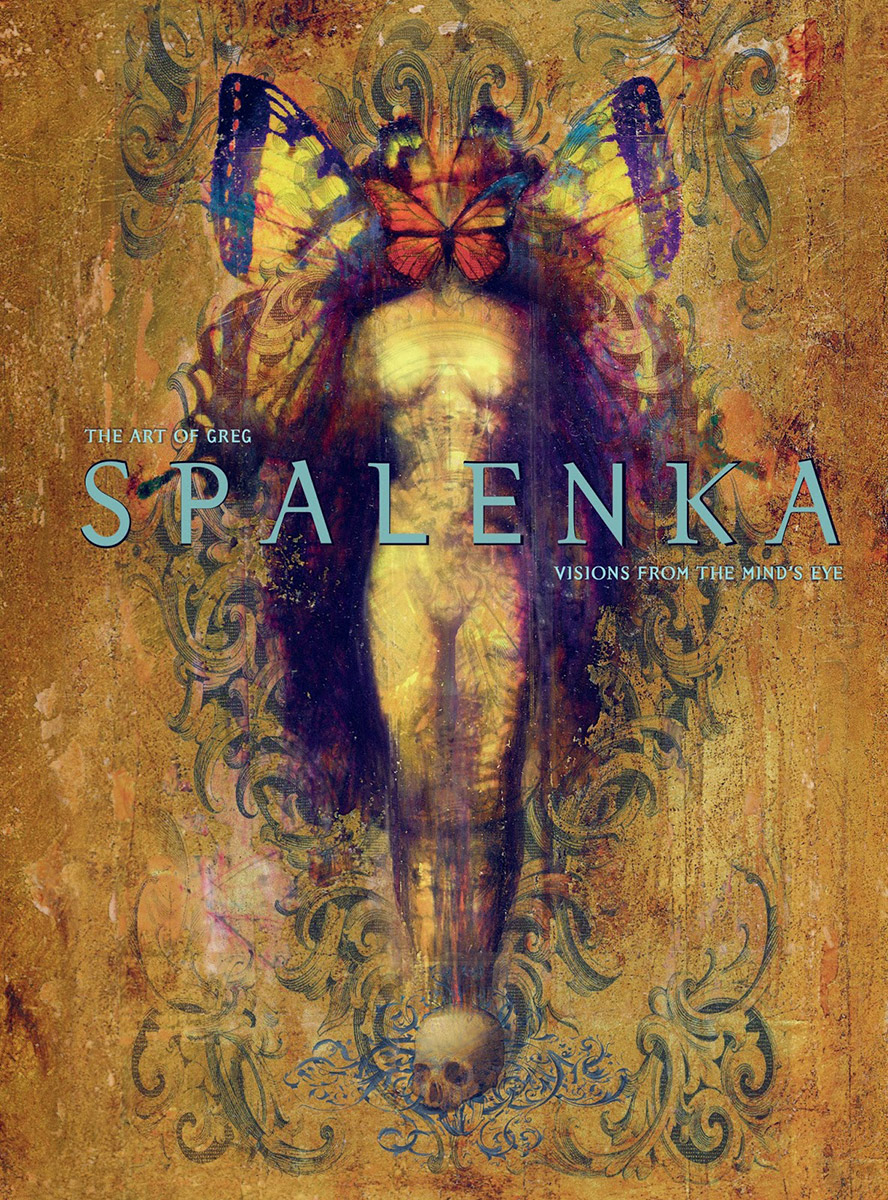
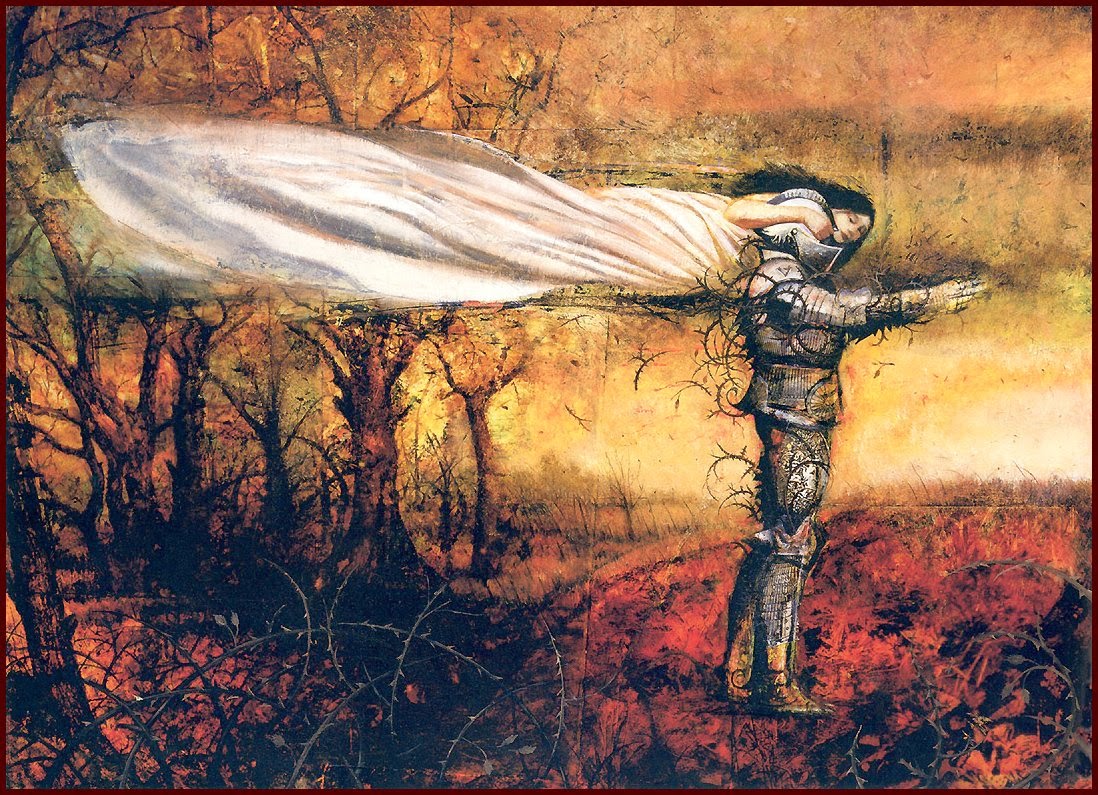
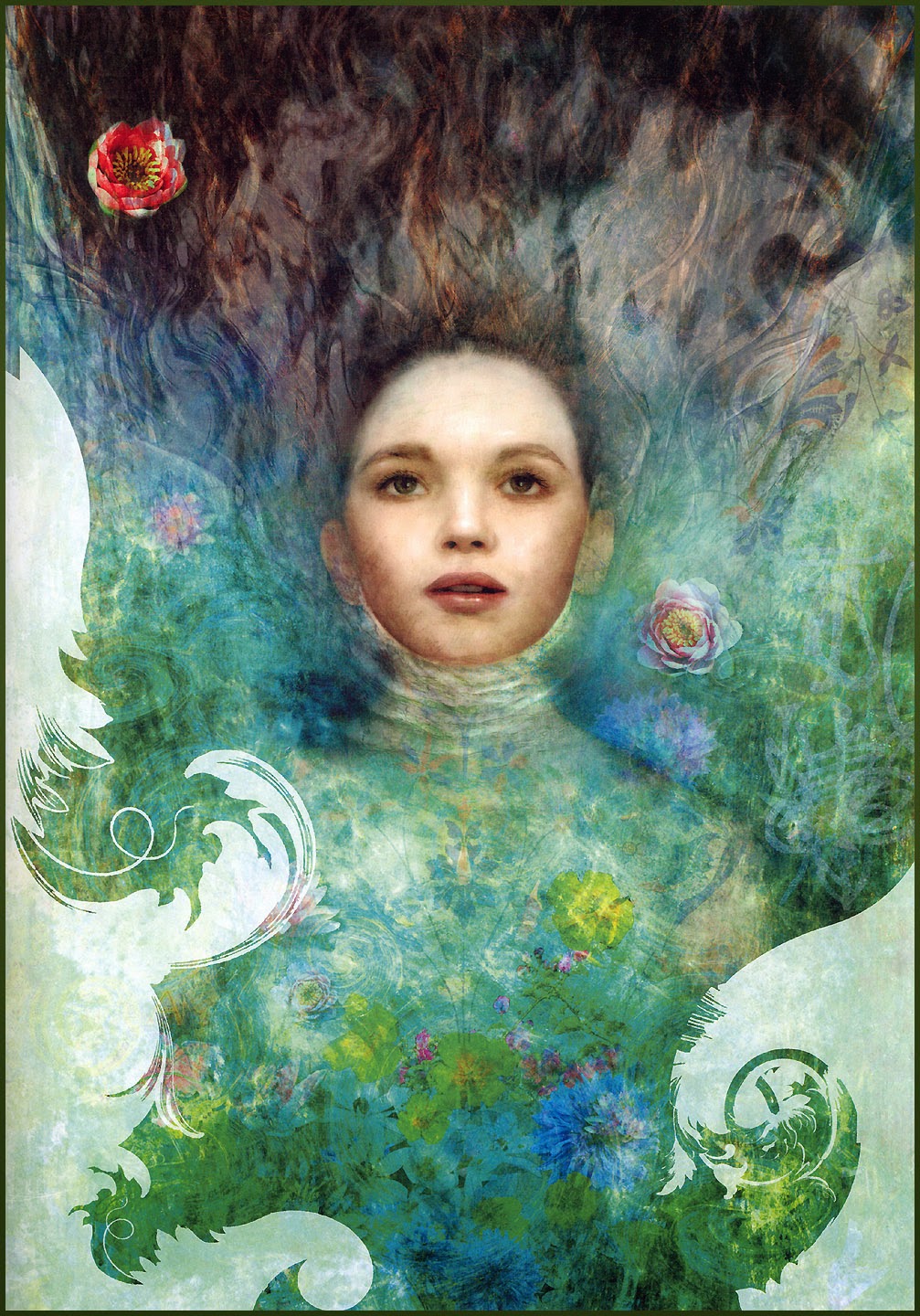
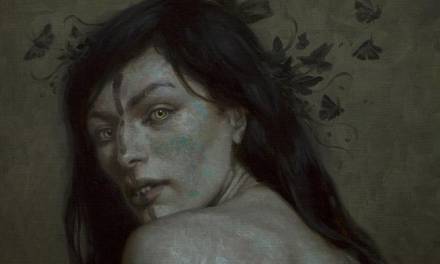
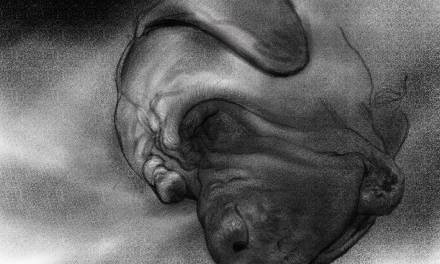
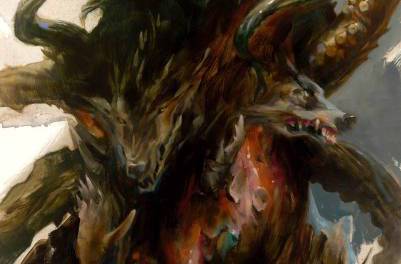
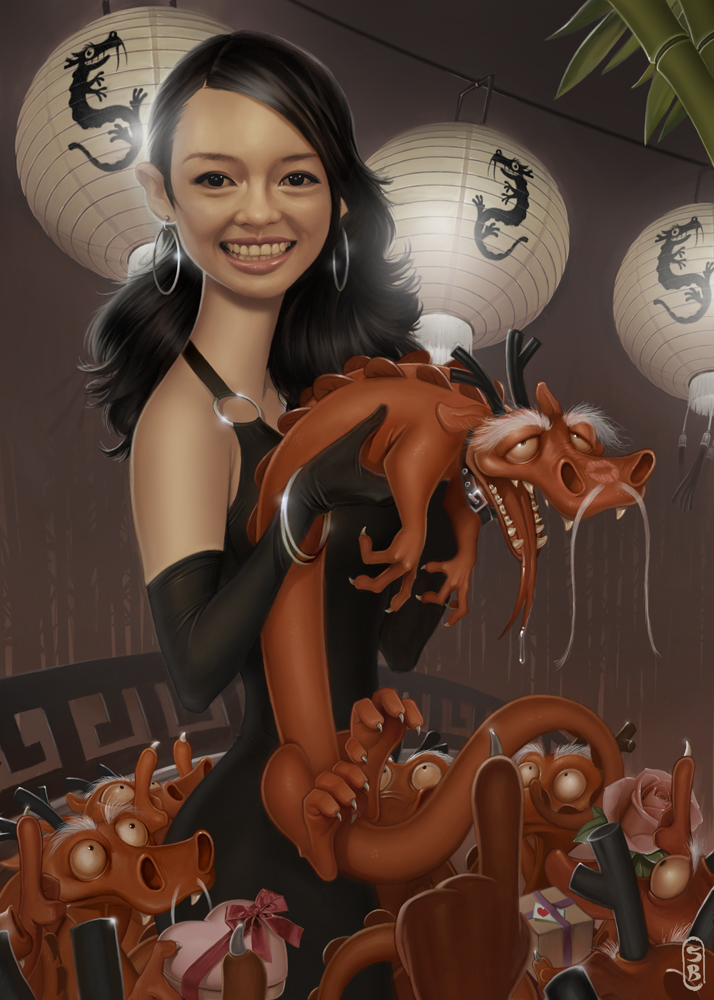
Thank you for the review Arnie! It is an honor to have your editorial wit grace the pages of my book. I am grateful for your support over the years and even more so our friendship.
Peace
Greg
Glad to see your book out Greg. It was a pleasure to be your student. You helped me change my rigid art making method to a more organic process. Everyone should look into your book to get a glimpse of this unique style.
David, Good to hear from you! Thanks for the kind words. I know you are teaching that love of the happy accident to all your students now too. Cool.
Arnie – I loved your intro to this book (which is heavy and lush and very very beautiful. You all should have one). I've followed Greg's work for years, as well as taken his Artist As Brand workshop, and can't recommend either highly enough. Greg is a lovely human being in addition to being a fabulous artist. This book is an evocative peek into both aspects. Yum!
When I first read Arnie's introduction it choked me up. Love that man! I am touched by your words, Tara, thank you.